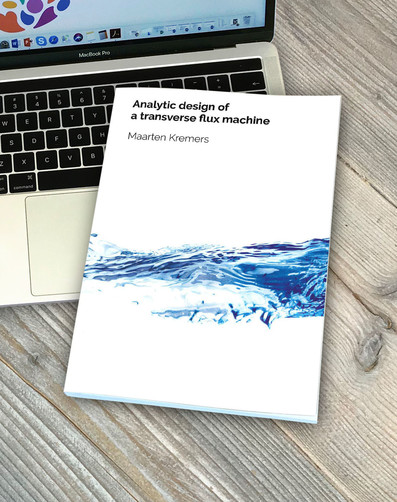
Energy production from renewable sources uses a geared or direct drive generator system: (double fed) induction generators, electrically excited synchronous generators and/or permanent magnet (PM) generators. Sites for renewable energy generation with high yields, such as offshore wind farms, are often difficult to access, which makes reliability of the generator system of great significance. When reliability is considered besides efficiency, direct drive permanent magnet generator systems are propitious. Energy generation by direct drive generators requires operation at low speeds, with nominal speeds in the range of 10 to 90 rpm. A machine topology with a high number of poles and high force density is needed in order to keep mass, losses, and size limited. As such, the Transverse Flux Machine (TFM) is selected, since it has the inherent characteristic to increase the power proportional to the number of poles for the same circumference. However, the structure of the TFM results in a fully 3-D magnetic field distribution, requiring 3-D models to accurately predict the performance. Up to date, mostly 2-D models or 3-D finite element models are used, resulting in less accurate or very time consuming models. The aim of this thesis is to investigate and develop analytical 3-D analysis tools for TFMs, allowing for fast and accurate performance prediction and design of TFMs. These tools are used to design a TFM with a very high power factor.
